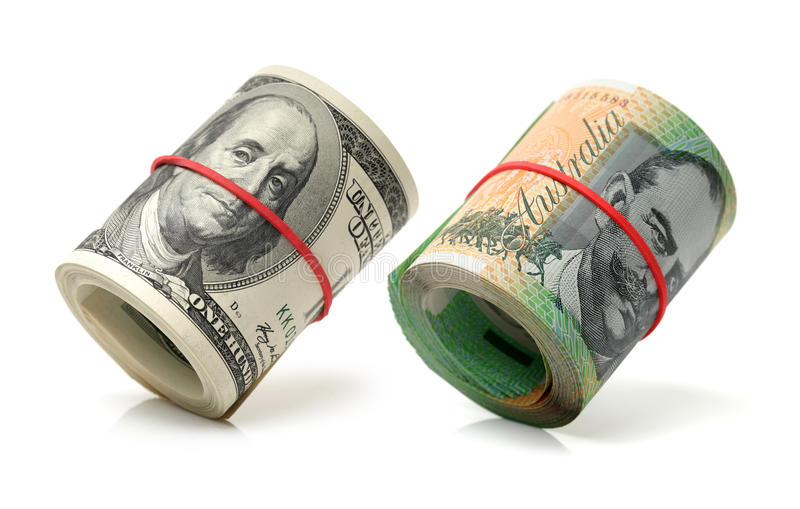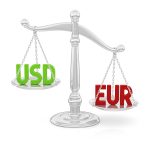Australian dollar remain strong as the RBA widely expected to embrace a hawkish policy outlook.
On Tuesday, the Australian Dollar (AUD) moved sideways versus the US Dollar (USD), remaining just below Monday’s seven-month high of 0.6798. However, the AUDUSD pair decline restricted since traders anticipate differing policy outlooks from the two central banks.
Australian dollar may rise more after RBA minutes indicated that a rate cut is unlikely soon.
According to the most recent Reserve Bank of Australia (RBA) Minutes, board members agreed on a rate reduction is unlikely to happen soon. Furthermore, RBA Governor Michele Bullock stated that the Australian central bank will not hesitate to hike interest rates again to battle inflation if necessary.
At the Jackson Hole Symposium on Friday, US Federal Reserve Chairman Jerome Powell declared, “The time has come for policy to adjust.” Powell did not, however, say when or how much the rate decreases would be..
According to the CME FedWatch Tool, markets fully expect the Federal Reserve to decrease interest rates by at least 25 basis points (bps) at its meeting in September.
Daily Digest Market Movers: Australian Dollar Holds Ground Amid Hawkish RBA.
In an interview with Bloomberg TV on Monday, San Francisco Federal Reserve President Mary Daly said, “The time is upon us” to Begin reducing interest rates, most likely starting with a quarter-point reduction. Daly proposed that if inflation progressively slows and the labor market maintains a “steady, sustainable” rate of job growth, it would be appropriate to “adjust policy at the regular, normal cadence.”
US Durable Goods Orders increased by 9.9% month on month in July, rebounding from a 6.9% decrease in June. This increase much exceeded the predicted 4.0% increase, marking the highest gain since May 2020.
The US dollar fell after Fed Chair Powell indicated that interest rates might be reduced soon.
Bloomberg reported on Friday that Philadelphia Fed President Patrick Harker stressed the need for the US central bank to gradually reduce interest rates. Meanwhile, Reuters reported that Chicago Fed President Austan Goolsbee stated that monetary policy is currently at its most restrictive, with the Fed now focusing on reaching Its employment mandate.
The US Composite PMI fell slightly to 54.1 in August, a four-month low, from 54.3 in July, but still exceeded market estimates of 53.5. This shows that US business activity is expanding, with 19 consecutive months of growth.
Australia’s Judo Bank Composite Purchasing Managers Index (PMI) increased to 51.4 in August from 49.9 in July. This is the fastest growth in three months, thanks to a stronger performance in the services sector, despite a more dramatic contraction in industrial output.
According to the FOMC minutes from July’s policy meeting, most Fed members agreed last month that they would likely lower their benchmark interest rate at the September meeting as long as inflation remained low.
On Tuesday, According to the RBA Minutes, board members debated raising interest rates earlier this month before deciding that keeping rates at current levels would better balance risks. Additionally, RBA members agreed that a rate drop is unlikely in the near future.








